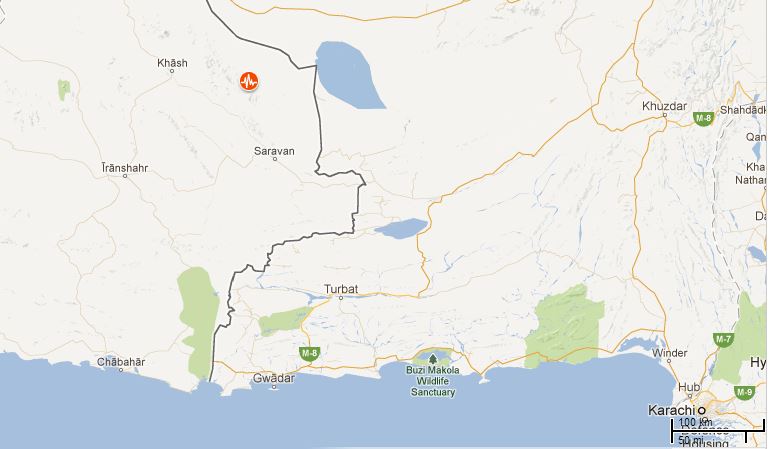Group Behind Deadly Kabul Blast Upset by Negotiations on US Troops Remaining in Afghanistan
There was a deadly blast in Kabul yesterday, shattering what had been several months of relative peace in the capitol. The suicide blast targeted a convoy of US vehicles. From the New York Times:
Hezb-i-Islami, a relatively small insurgent faction that often competes with the Taliban for influence, claimed responsibility for the attack, which also wounded more than three dozen Afghans. Haroon Zarghon, the group’s spokesman, reached by telephone in Pakistan, said the bombing was carried out by a 24-year-old man who had grown up south of Kabul.
More attacks against Americans will come soon, Mr. Zarghon added, saying that Hezb-i-Islami was dismayed by the current talks between Afghanistan and the United States about a long-term security deal under which thousands of American soldiers could be based in Afghanistan for years to come.
Hezb-i-Islami has a complex history and has been around Afghanistan for a long time. Even Kimberly Kagan’s Instutite for the Study of War admits that the CIA funneled significant support to this group in fighting the Soviets:
Hizb-i-Islami Gulbuddin (HIG), led by Gulbuddin Hekmatyar, is an insurgent group active in Afghanistan. It is a splinter group of one of the prominent , and the most radical of the seven mujahedeen factions fighting the Soviets in the 1980s. Hekmatyar , a favorite of the CIA and Pakistan’s Inter-Services Intelligence (ISI) Directorate, received the greatest portion of foreign assistance to the mujahedeen. Hekmatyar trained Afghan and foreign guerilla fighters in the refugee camps of Shamshatoo and Jalozai in Pakistan’s Northwest Frontier Province (NWFP) and also ran numerous schools and hospitals in NWFP. His organization also received funds from Saudi charity organizations, Muslim Brotherhood, al-Qaeda leader, Osama Bin Laden, and other wealthy Arabs.
The political side of the group, however, is active in the current government and is contemplating fielding a candidate for the upcoming Presidential elections:
The party’s deputy chief Ghairat Bahir said that a delegation of four senior party figures are in Kabul meeting local members to discuss the election and possible presidential candidates.
“We have sent a delegation to Kabul. The delegation is led by Mohammad Rassoul. Its purpose is to visit and discuses [sic] with Hezb-e-Islami members in Kabul, not to talk with [Afghan] government officials,” he told TOLOnews via telephone from Pakistan.
“The delegation has talked with the party members about the election and the party decided to introduce a candidate or support a competent candidate. We will soon make a final decision on this. I cannot name the candidate but our party’s nomination will be a prominent person in the country,” Bahir said.
The presence of US troops in Afghanistan is the primary concern for the group: Read more →


